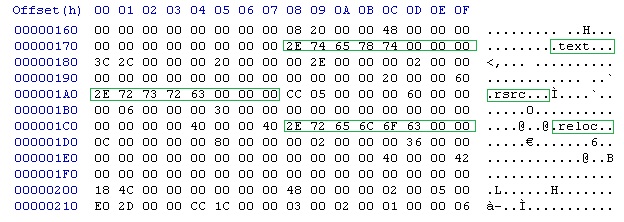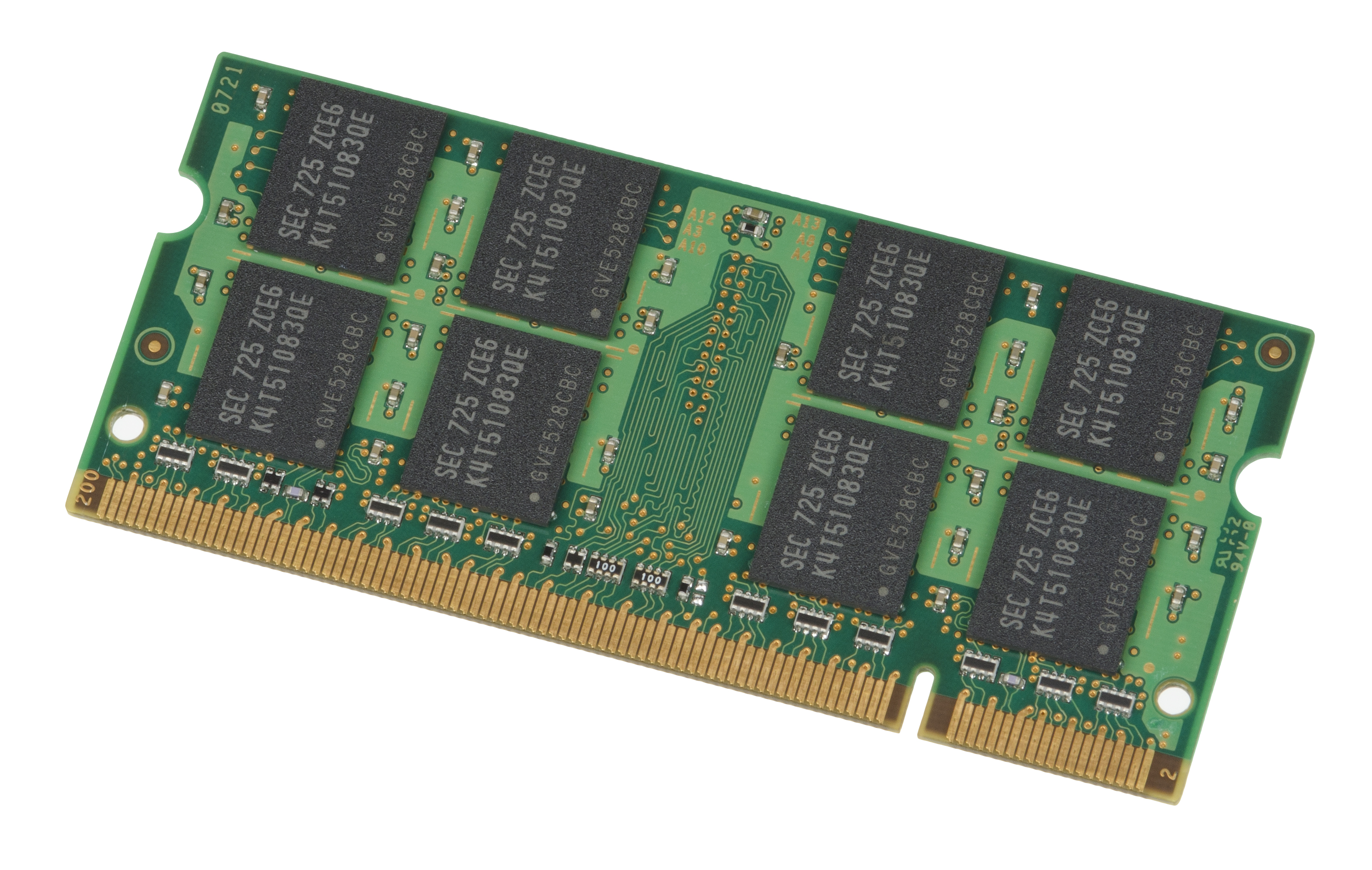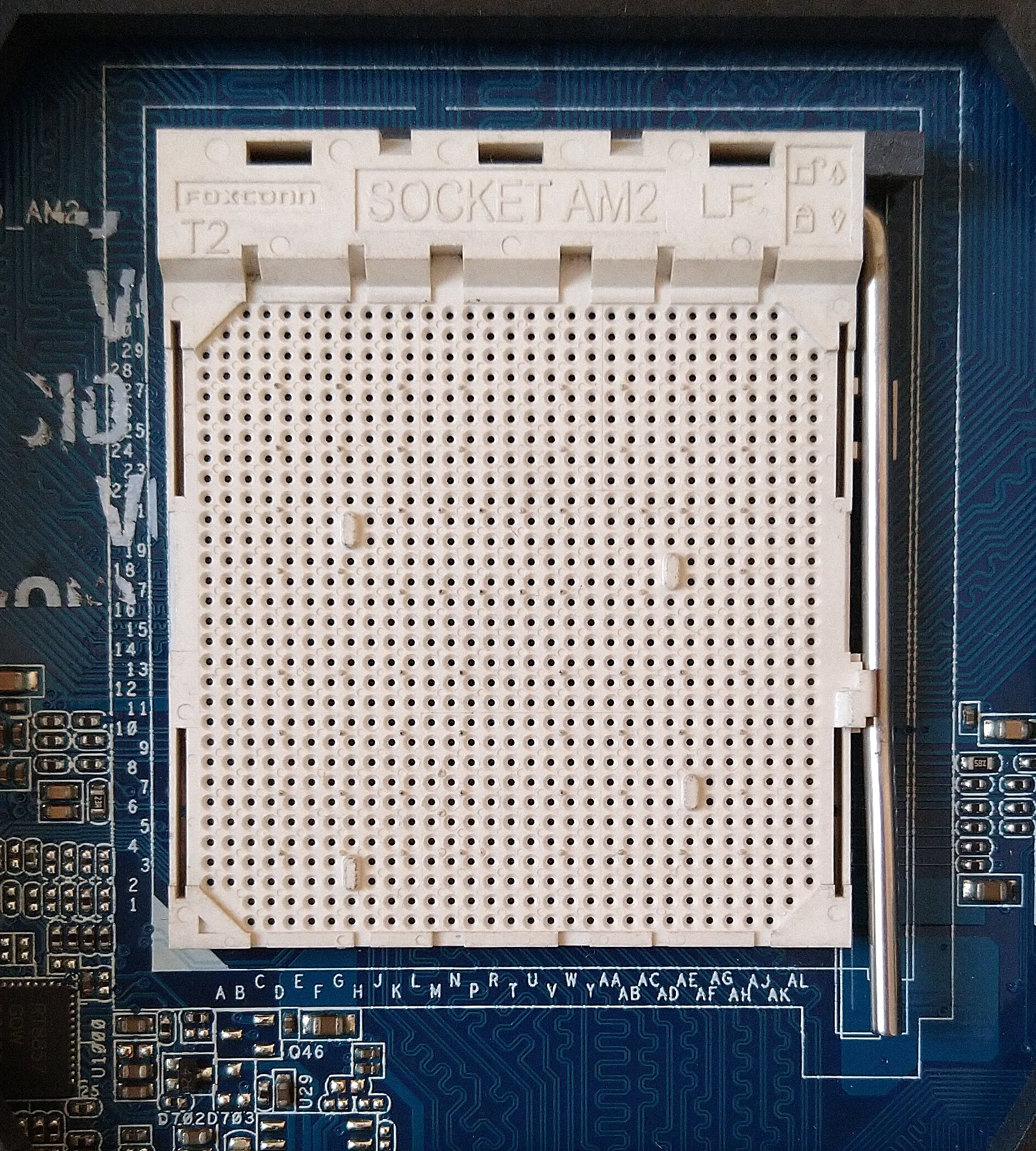|
List Of AMD Phenom Processors
The AMD Phenom family is a 64-bit microprocessor family from Advanced Micro Devices (AMD), based on the AMD 10h, K10 microarchitecture. It includes the AMD Phenom II X6 hex-core series, Phenom X4 and Phenom II X4 quad-core series, Phenom X3 and Phenom II X3 tri-core series, and Phenom II X2 dual-core series. Other related processors based on the K10 microarchitecture include the Athlon X2 ''Kuma'' processors, Athlon II processors, and various Opteron, Sempron, and Turion series. The first Phenoms were released in November 2007. An improved second generation was released in December 2008, named Phenom II. Processors with an ''e'' following the model number (e.g., 910e) are low-power models, usually 45 W for Athlons, 65 W for Phenoms. Processors with a "u" following the model number (e.g., 270u) are ultra-low-power models, usually 20 W for single core chips or 25 W for dual core chips. Features overview Desktop processors Phenom series "''Agena''" (B2/B3, 65 nm, Quad-core) * ... [...More Info...] [...Related Items...] OR: [Wikipedia] [Google] [Baidu] |
64-bit
In computer architecture, 64-bit integers, memory addresses, or other data units are those that are 64 bits wide. Also, 64-bit central processing units (CPU) and arithmetic logic units (ALU) are those that are based on processor registers, address buses, or data buses of that size. A computer that uses such a processor is a 64-bit computer. From the software perspective, 64-bit computing means the use of machine code with 64-bit virtual memory addresses. However, not all 64-bit instruction sets support full 64-bit virtual memory addresses; x86-64 and AArch64, for example, support only 48 bits of virtual address, with the remaining 16 bits of the virtual address required to be all zeros (000...) or all ones (111...), and several 64-bit instruction sets support fewer than 64 bits of physical memory address. The term ''64-bit'' also describes a generation of computers in which 64-bit processors are the norm. 64 bits is a word size that defines certain classes of computer archi ... [...More Info...] [...Related Items...] OR: [Wikipedia] [Google] [Baidu] |
DDR2 SDRAM
Double Data Rate 2 Synchronous Dynamic Random-Access Memory (DDR2 SDRAM) is a double data rate (DDR) synchronous dynamic random-access memory (SDRAM) interface. It is a JEDEC standard (JESD79-2); first published in September 2003. DDR2 succeeded the original DDR SDRAM specification, and was itself succeeded by DDR3 SDRAM in 2007. DDR2 DIMMs are neither forward compatible with DDR3 nor backward compatible with DDR. In addition to double pumping the data bus as in DDR SDRAM (transferring data on the rising and falling edges of the bus clock signal), DDR2 allows higher bus speed and requires lower power by running the internal clock at half the speed of the data bus. The two factors combine to produce a total of four data transfers per internal clock cycle. Since the DDR2 internal clock runs at half the DDR external clock rate, DDR2 memory operating at the same external data bus clock rate as DDR results in DDR2 being able to provide the same bandwidth but with better la ... [...More Info...] [...Related Items...] OR: [Wikipedia] [Google] [Baidu] |
Socket AM3
Socket AM3 is a CPU socket for AMD processors. AM3 was launched on February 9, 2009 as the successor to Socket AM2+, alongside the initial grouping of Phenom II processors designed for it. The sole principal change from AM2+ to AM3 is support for DDR3 SDRAM. The fastest CPU for socket AM3 is the Phenom II X6 1100T. Like the previous AMD socket, the "AM3 Processor Functional Data Sheet" (AMD document number 40778) has not been made publicly available. The "Family 10h AMD Phenom™ Processor Product Data Sheet" (document 446878) has, but contains only a brief list of features of the Phenom, and does not contain any substantive technical data regarding socket AM3. Compatibility Socket AM3 breaks compatibility with AM2/AM2+ processors due to a subtle change in key placement. The AM3 socket has 941 pin contacts in a different layout while AM2+ processors have 940 pins. Tom's Hardware removed the two obstructing key pins from an AM2+ Phenom processor in order to fit it into an ... [...More Info...] [...Related Items...] OR: [Wikipedia] [Google] [Baidu] |
DDR3 SDRAM
Double Data Rate 3 Synchronous Dynamic Random-Access Memory (DDR3 SDRAM) is a type of synchronous dynamic random-access memory (SDRAM) with a high bandwidth (" double data rate") interface, and has been in use since 2007. It is the higher-speed successor to DDR and DDR2 and predecessor to DDR4 synchronous dynamic random-access memory (SDRAM) chips. DDR3 SDRAM is neither forward nor backward compatible with any earlier type of random-access memory (RAM) because of different signaling voltages, timings, and other factors. DDR3 is a DRAM interface specification. The actual DRAM arrays that store the data are similar to earlier types, with similar performance. The primary benefit of DDR3 SDRAM over its immediate predecessor DDR2 SDRAM, is its ability to transfer data at twice the rate (eight times the speed of its internal memory arrays), enabling higher bandwidth or peak data rates. The DDR3 standard permits DRAM chip capacities of up to 8 gigabits (Gbit) (so 1 gigabyte by ... [...More Info...] [...Related Items...] OR: [Wikipedia] [Google] [Baidu] |
Intel Turbo Boost
Intel Turbo Boost is Intel's trade name for central processing units' (CPUs') dynamic frequency scaling feature that automatically raises certain versions of its operating frequency when demanding tasks are running, thus enabling a higher resulting performance. The frequency is accelerated when the operating system requests the highest performance state of the processor. Processor performance states are defined by the Advanced Configuration and Power Interface (ACPI) specification, an open standard supported by all major operating systems; no additional software or drivers are required to support the technology. The design concept behind Turbo Boost is commonly referred to as "dynamic overclocking". When the workload on the processor calls for faster performance, the processor's clock will try to increase the operating frequency in regular increments as required to meet demand. The increased clock rate is limited by the processor's power, current, and thermal limits, the numbe ... [...More Info...] [...Related Items...] OR: [Wikipedia] [Google] [Baidu] |
Turbo Core
AMD Turbo Core a.k.a. AMD Core Performance Boost (CPB) is a dynamic frequency scaling technology implemented by AMD that allows the processor to dynamically adjust and control the processor operating frequency in certain versions of its processors which allows for increased performance when needed while maintaining lower power and thermal parameters during normal operation. AMD Turbo Core technology has been implemented beginning with the Phenom II X6 microprocessors based on the AMD K10 microarchitecture. AMD Turbo Core is available with some AMD A-Series accelerated processing units. AMD Turbo Core is similar to Intel Turbo Boost, which is another dynamic processor frequency adjustment technology used to increase performance, as well as AMD PowerNow!, which is used to dynamically adjust laptop processor's operating frequencies in order to decrease power consumption (saving battery life), reduce heat, and lower noise. AMD PowerNow! is used to ''decrease'' processor freque ... [...More Info...] [...Related Items...] OR: [Wikipedia] [Google] [Baidu] |
Socket AM2+
Socket AM2+ is a CPU socket, which is the immediate successor to Socket AM2 that is used by several AMD processors such as Athlon 64 X2. Socket AM2+ is a mid-migration from Socket AM2 to Socket AM3 and both AM2+ and AM2 socket CPUs and motherboards have the potential to operate together. Actual interoperability depends upon other factors, especially the availability of compatible BIOS firmware, and some PC manufacturers, such as Dell, have not provided compatible BIOS versions that allow use of socket AM2+ CPUs on their products utilizing socket AM2 motherboards, such as the Inspiron 531. It was released in November 2007. Technical specifications The main differences between Socket AM2 and AM2+ socket processors are as follows: * HyperTransport 3.0 operating at up to 2.6 GHz * Split power planes: one for the CPU cores, and the other for the Integrated Memory Controller (IMC). This will improve power savings, especially with integrated graphics, if the CPU cores are in slee ... [...More Info...] [...Related Items...] OR: [Wikipedia] [Google] [Baidu] |
CPU Socket
In computer hardware, a CPU socket or CPU slot contains one or more mechanical components providing mechanical and electrical connections between a microprocessor and a printed circuit board (PCB). This allows for placing and replacing the central processing unit (CPU) without soldering. Common sockets have retention clips that apply a constant force, which must be overcome when a device is inserted. For chips with many pins, zero insertion force (ZIF) sockets are preferred. Common sockets include pin grid array (PGA) or land grid array (LGA). These designs apply a compression force once either a handle (PGA type) or a surface plate (LGA type) is put into place. This provides superior mechanical retention while avoiding the risk of bending pins when inserting the chip into the socket. Certain devices use Ball Grid Array (BGA) sockets, although these require soldering and are generally not considered user replaceable. CPU sockets are used on the motherboard in desktop and ... [...More Info...] [...Related Items...] OR: [Wikipedia] [Google] [Baidu] |
CPU Core Voltage
The CPU core voltage (''VCORE'') is the power supply voltage supplied to the processing cores of CPU (which is a digital circuit), GPU, or any other device with a processing core. The amount of power a CPU uses, and thus the amount of heat it dissipates, is the product of this voltage and the current it draws. In modern CPUs, which are CMOS circuits, the current is almost proportional to the clock speed, the CPU drawing almost no current between clock cycles. (See, however, subthreshold leakage.) Power saving and clock speed To conserve power and manage heat, many laptop and desktop processors have a power management feature that software (usually the operating system) can use to adjust the clock speed and core voltage dynamically. Often a voltage regulator module converts from 5V or 12 V or some other voltage to whatever CPU core voltage is required by the CPU. The trend is towards lower core voltages, which conserve power. This presents the CMOS designer with a challen ... [...More Info...] [...Related Items...] OR: [Wikipedia] [Google] [Baidu] |
CPU Multiplier
In computing, the clock multiplier (or CPU multiplier or bus/core ratio) sets the ratio of an internal CPU clock rate to the externally supplied clock. This may be implemented with phase-locked loop (PLL) frequency multiplier circuitry. A CPU with a 10x multiplier will thus see 10 internal cycles for every external clock cycle. For example, a system with an external clock of 100 MHz and a 36x clock multiplier will have an internal CPU clock of 3.6 GHz. The external address and data buses of the CPU (often collectively termed front side bus (FSB) in PC contexts) also use the external clock as a fundamental timing base; however, they could also employ a (small) multiple of this base frequency (typically two or four) to transfer data faster. The internal frequency of microprocessors is usually based on FSB frequency. To calculate internal frequency the CPU multiplies bus frequency by a number called the clock multiplier. For calculation, the CPU uses actual bus frequenc ... [...More Info...] [...Related Items...] OR: [Wikipedia] [Google] [Baidu] |
HyperTransport
HyperTransport (HT), formerly known as Lightning Data Transport, is a technology for interconnection of computer Processor (computing), processors. It is a bidirectional Serial communication, serial/Parallel communication, parallel high-Bandwidth (computing), bandwidth, low-Memory latency, latency point-to-point link that was introduced on April 2, 2001. The HyperTransport Consortium is in charge of promoting and developing HyperTransport technology. HyperTransport is best known as the system bus architecture of AMD central processing units (CPUs) from Athlon 64 through AMD FX and the associated motherboard chipsets. HyperTransport has also been used by IBM and Apple Inc., Apple for the Power Mac G5 machines, as well as a number of modern MIPS architecture, MIPS systems. The current specification HTX 3.1 remained competitive for 2014 high-speed (2666 and 3200 megatransfer, MT/s or about 10.4 GB/s and 12.8 GB/s) DDR4 RAM and slower (around 1 GB/similar to h ... [...More Info...] [...Related Items...] OR: [Wikipedia] [Google] [Baidu] |



